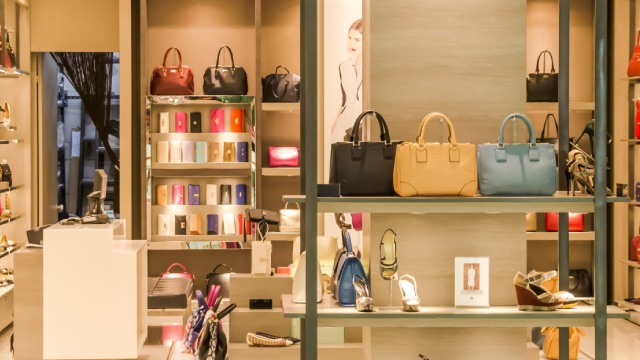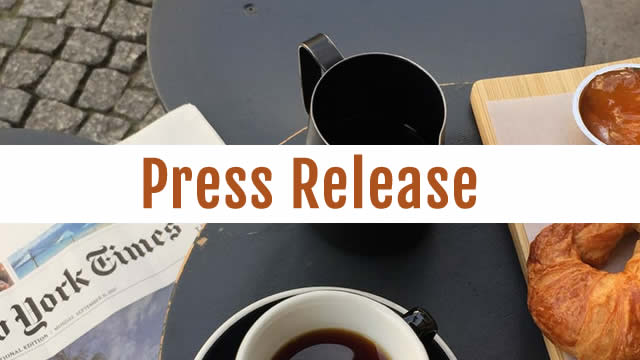Inditex: Zara’s Moat – How Taking Design Risks Leads to Superior Margins
Have you ever wondered how Zara, a fashion retailer owned by Inditex, manages to consistently stay ahead of the trend curve and maintain superior margins in the highly competitive fashion industry? Well, the answer lies in their unique business model and their willingness to take design risks.
Fast Fashion: The New Normal
First, it’s essential to understand the concept of fast fashion. Fast fashion is a business model that emphasizes producing trendy, affordable clothing in large quantities and getting it into stores quickly. Zara is a pioneer in this space, and Inditex’s success can be attributed to their innovative approach to this business model.
Design and Production: A Seamless Process
Zara’s secret sauce lies in its design and production process. Unlike traditional fashion brands that follow a seasonal calendar and showcase their collections months in advance, Zara takes a different approach. They design, produce, and distribute their clothing in a matter of weeks, not months.
Zara’s design team is located in the same building as its logistics and production teams, allowing for a seamless collaboration between design and production. This setup enables Zara to quickly respond to fashion trends and adapt to consumer demand.
Design Risks: The Key to Superior Margins
But how does taking design risks lead to superior margins? The answer is simple: by producing smaller quantities of trendy items, Zara can sell them at a premium price before competitors can copy the designs. This strategy allows Zara to maintain a healthy gross margin, which is the difference between the selling price of a product and its cost.
Moreover, by producing smaller quantities, Zara reduces its inventory risk. In the fashion industry, trends can change quickly, and holding too much inventory of outdated styles can lead to significant losses. By producing smaller quantities and selling them quickly, Zara minimizes its inventory risk and maintains a lean and efficient supply chain.
Effect on Consumers
As a consumer, this business model has several benefits. You get access to the latest fashion trends at affordable prices. Additionally, since Zara produces smaller quantities, the clothing feels exclusive, making you feel unique and stylish.
Effect on the World
However, this business model also has its drawbacks. Fast fashion has been criticized for its environmental impact, as it encourages overproduction and contributes to textile waste. Moreover, the low prices of fast fashion clothing can lead to overconsumption, contributing to a throwaway culture.
Furthermore, the speed and agility of fast fashion can put pressure on suppliers to keep up, which can lead to labor exploitation and other ethical concerns. It’s essential to consider the social and environmental impact of our fashion choices and support brands that prioritize sustainability and ethical labor practices.
Conclusion
In conclusion, Zara’s success in the fashion industry can be attributed to its unique business model and its willingness to take design risks. By producing trendy clothing quickly and selling it at a premium price before competitors can copy the designs, Zara maintains superior margins and stays ahead of the trend curve. However, it’s essential to consider the environmental and social impact of fast fashion and support brands that prioritize sustainability and ethical labor practices.
So the next time you’re shopping for the latest fashion trend, remember that your purchase can make a difference. Choose wisely and support brands that align with your values.
- Fast fashion is a business model that emphasizes producing trendy, affordable clothing in large quantities and getting it into stores quickly.
- Zara’s design and production process is unique, with its design, production, and distribution teams located in the same building.
- By producing smaller quantities of trendy items and selling them quickly, Zara maintains a healthy gross margin and minimizes inventory risk.
- Fast fashion has its drawbacks, including environmental impact and ethical concerns.
- It’s essential to consider the social and environmental impact of our fashion choices and support brands that prioritize sustainability and ethical labor practices.





